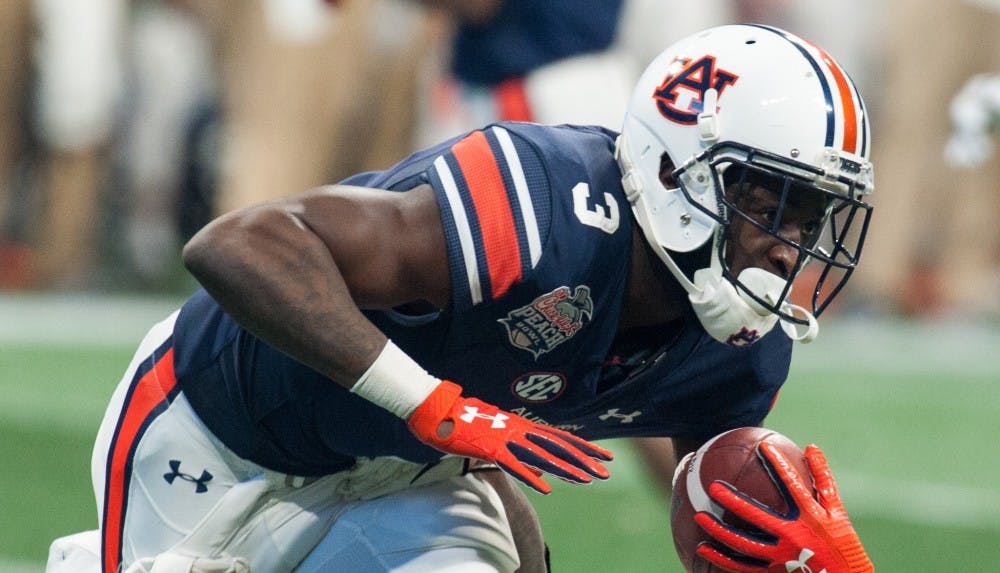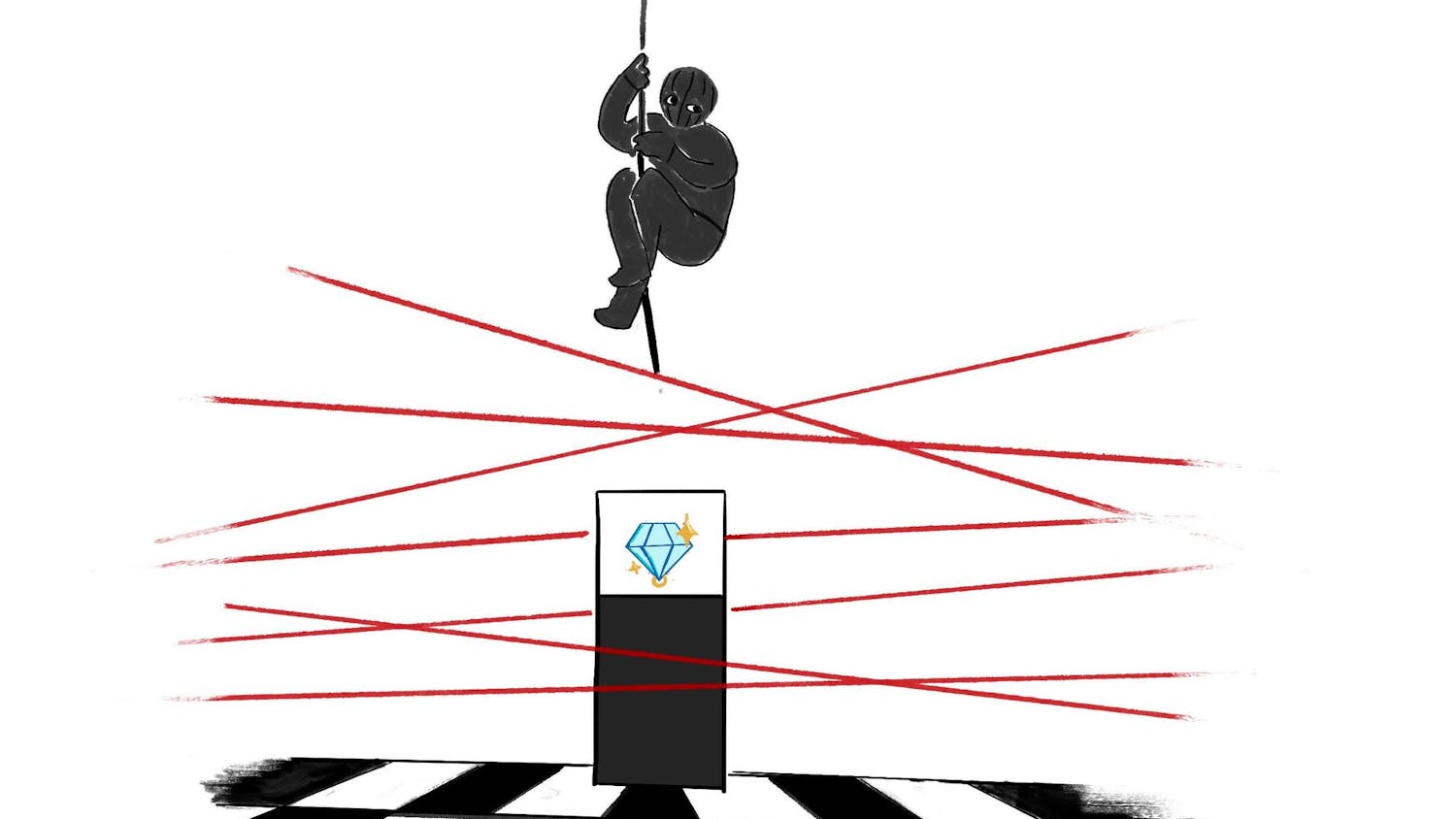As Gus Malzahn put it, “It’s a new day in college football.”
That’s been the Auburn head coach’s mantra since last week, when three of his players came to him asking for their release to transfer.
Midseason departures aren’t incredibly uncommon, but the news of starting tight end Jalen Harris, starting receiver Nate Craig-Myers and reserve defensive back Jayvaughn Myers’ decisions made for five Auburn players gone from the program since the start of the season.
To an average fan, it seemed as if the sky was falling and the “wheels were coming off” the Gus Bus. Malzahn made sure to bring everyone back to earth.
“I think you’ll see more of that in the next week or so,” Malzahn said last Thursday on Tiger Talk.
Like he predicted, several other big programs across the country — such as Oklahoma State, Arkansas, Mississippi State, Oregon and UCLA — proceeded to experience similar departures.
And these players aren’t the bench-warming types. Both Oklahoma State and Arkansas’ top receivers are out. Harris and Craig-Myers started the past two seasons for Auburn.
So why leave?
In the past, players would have to sit an entire season to receive a redshirt (extra year of eligibility). Now, athletes in college football can see action in up to four games without burning that redshirt.
The rule was originally put in place to allow talented freshman to garner experience at a controlled pace and for injured positions to be harmlessly filled. Now, Weeks 3-5 of any given college football season will follow this same transfer pattern for years to come unless the loophole is knotted.
And that’s OK. Because that’s what the players deem most beneficial to their careers playing the game they love. That’s all that should matter.
What fans commenting, “Bum!” about a player or, “Dumpster fire!” about a program aren’t considering is that these athletes are actual human beings who have personal agendas for their own happiness — even if the likely non-alumni who sit on a couch and scream at teenagers can’t fathom that. Which are we to believe is the bum, again?
Athletes dream their entire lives of finding a program that not only welcomes them like family, but also allows them to further their goals on the field. If a player sees the latter isn’t panning out to his liking, he can now change that without taking away meaningful coaching and attention from his teammates for an entire season.
If the rule was not in place, a player wanting to transfer out in Week 4 would just do it at the end of the season. In that situation, a young man — who is still expected to deal with the same transitions and stress any other college student bears, mind you — must be unhappy for months on end before exiting.
Craig-Myers, the biggest name that left the Tigers, was a starter, yes. But his decision allows the Auburn offense to move on with more playing time for new receivers like Anthony Schwartz and Seth Wiliams, a duo that has been more successful than Craig-Myers in the young season. In many ways, Craig-Myers’ respect for his teammates allowed him to recognize their achievements and get out of their way — for the good of the team.
However, on-the-field triumphs or shortcomings are moot points here. It’s time for college football culture to focus on players’ real-life emotions and desires instead of profiling students based on how many stars he had in high school or how many catches he made last season.
Football is essentially a workplace for these young athletes. To transfer out is a professional decision — one that is now backed by the added insurance of the redshirt rule. If you foresaw no promotions or advancements in your job, would you stay?
The transfer list grew monumentally Wednesday morning when Clemson quarterback Kelly Bryant’s decision to leave the program became public. Head coach Dabo Swinney named true freshman Trevor Lawrence the starter two days prior.
This brought accusations of entitlement among athletes, which is preposterous.
The backlash and hostility may be a product of a first-year transition period, which the NCAA expected. Regardless, if a college football fan sees a transfer announcement in 2018 and beyond, and their first thought isn’t, “Good for him,” or “Really hope he succeeds wherever he goes,” then maybe it’s time for that “fan” to find a new sport to be perpetually angry at.
Do you like this story? The Plainsman doesn't accept money from tuition or student fees, and we don't charge a subscription fee. But you can donate to support The Plainsman.
The opinions of The Auburn Plainsman staff are restricted to articles marked "opinion" or "editorial." This editorial is the majority opinion of the Editorial Board and is the official opinion of the newspaper.
The opinions expressed in columns and letters represent the views and opinions of their individual authors, not the opinion of the newspaper. And often, those individual opinions conflict with the opinion of the newspaper.
These opinions do not necessarily reflect the Auburn University student body, faculty, administration or Board of Trustees.





